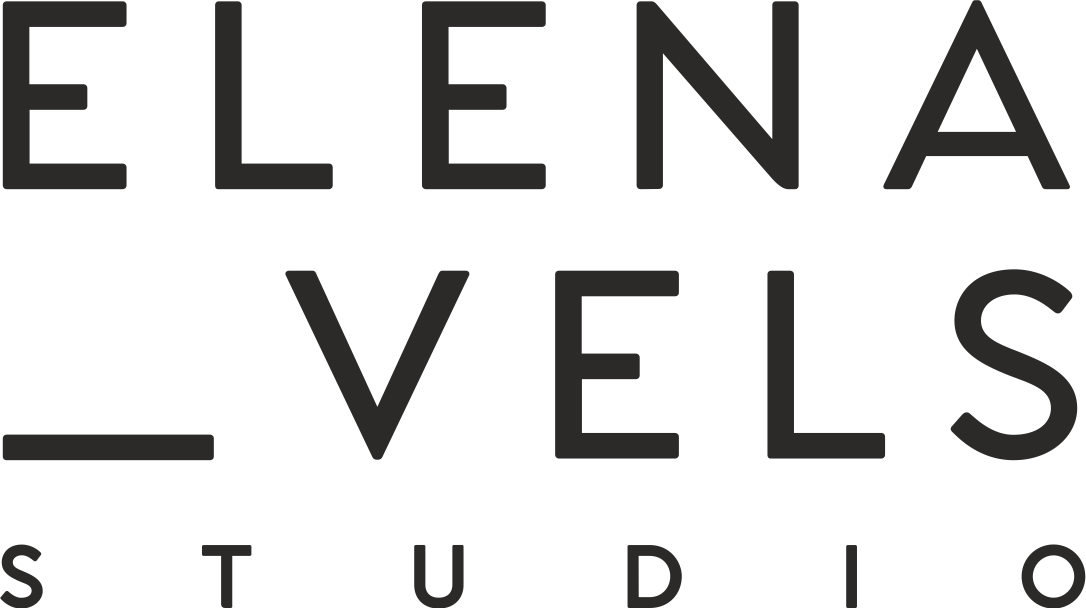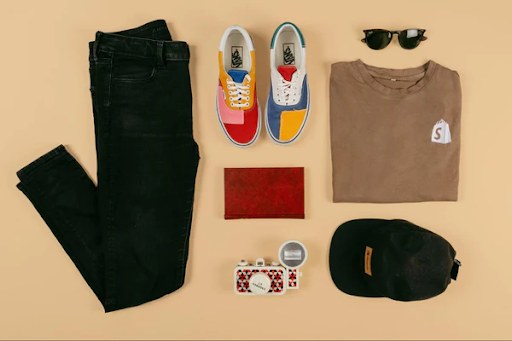The fashion industry is boundaryless in terms of creativity, the arrival of exclusive trends and extensive brands. In order to seek customer attention, this highly competitive industry demands effective presentation to make the garments seem appealing. An online clothing outlet needs high-resolution images displayed in a striking way.
Two usually employed photography methods for the clothing industry are Flat lay and Mannequin. However, evaluating the suitability of the finest choice for your products is a major consideration to boost sales. If you are unfamiliar with both ways, scroll down to understand the major differences, along with discovering the appropriate one for your brand.
Flat Lay vs. Mannequin
| Characteristics | Flat Lay Photography | Mannequin Photography |
| Definition | Flat lay product photography is a methodology that captures the shots of the products placed on a horizontal surface. | Mannequin fashion photography involves capturing the shots of the garments by adorning them to a mannequin. The technique is vastly used as it brings realistic outcomes. |
| Advantages |
|
|
| Disadvantages |
|
|
| Best Suitable for | Flat lay product photography is the best choice for any kind of clothing. Besides, this method is considered an ideal fit for social media content creation and group images. | Nothing can be a more appropriate option than mannequin photography when illustrating long dresses and coats. This technique is also recommended for displaying premium clothing. |
Tips to get perfect shots with Flat lay photography vs. Mannequin photography
Flat lay photography:
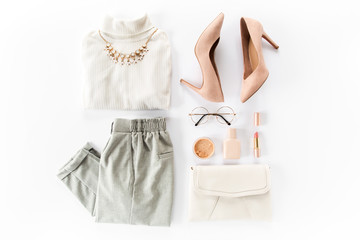
Get a suitable background
You can easily find flat surfaces all across your workspace, including desks, coffee tables, your bed, and even your floor.
Clothes Arrangements
Flat layout requires dedicated styling and placement to capture impactful images. Image quality is a major consideration in the eCommerce industry, and missing the best lighting for flat-lay photography may result in inferior outcomes.
Layering
Putting some innovation and creativity can uplift the elegance of your product’s images; layering it up with different props can be one of the outstanding flat lay photography ideas. For instance, putting accessories such as a purse, flowers, or sunglasses with a top can make your product’s frame exceptional.
Mannequin photography
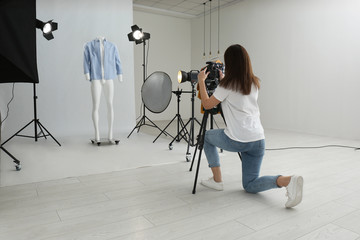
Decide on the size of the mannequin
The primary focus of mannequin photography for eCommerce is on providing a practical use of the clothes in an influential way. Without picking the right size, it is impossible to showcase the perfect fit and style of the garment you are capturing.
Use of clips and Pins
As already discussed, perfection in the fitting of a dress is essential, and you can achieve it using some clips and pins. Make sure that the accessories are invisible in the photographs.
Capture different angles
When styling on a mannequin, you are facilitated with the possibility to shoot different angles of the garments. Remember to take pictures from different angles, close-ups, and front & back images. This will illustrate precise fabric details and the exact style of the product.
Get a professional for the photoshoot
Even though you are familiar with some of the aspects of photography, capturing industry-standard product images is a sophisticated process. However, when you book an appointment with us, we guide you with tailored solutions that work in favor of your brand promotion specifically. Our professionals will deliver sales-oriented results using cutting-edge techniques, product photography guidelines, and advanced equipment for both the flat lay photography and mannequin photography.
